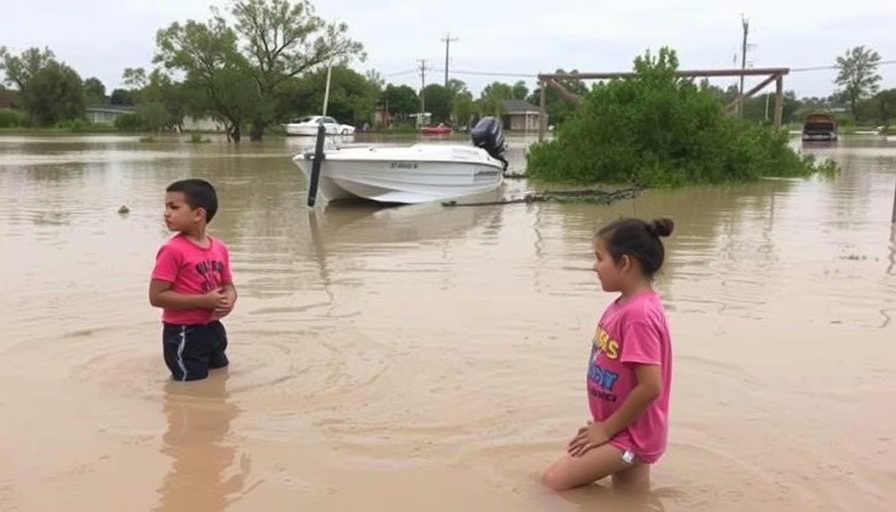
The Heartbreak of Central Texas: A Community in Mourning
As Central Texas grapples with the aftermath of catastrophic flooding, the tragic toll on human lives has struck a profound blow to the heart of communities along the Guadalupe River. The official death toll has now risen to 51, with rescue teams continuing the desperate search for the missing. The anguish of families affected by this natural disaster resonates across the state, raising questions about safety, preparedness, and community resilience.
Understanding the Scope: What Happened?
The flooding that swept through Central Texas came swiftly and unexpectedly, highlighting the dangers posed by severe weather, particularly in regions already grappling with changing climate patterns. Flash floods are often overlooked in discussions about storm-related fatalities, yet they are recognized as one of the nation’s top storm killers. In just one day, homes were destroyed and the lives of children were tragically cut short.
Community Response: Unity in Crisis
In the face of such despair, the outpouring of community support has been nothing short of remarkable. Local heroes, including firefighters and volunteers, have joined forces with state and federal disaster response teams, showcasing the spirit of resilience. Residents are opening their doors to those displaced, offering shelter and solace, proving that even in the darkest times, the light of compassion shines the brightest.
Looking Ahead: Future Safety Measures
The devastation of the Central Texas floods has ignited discussions on improving safety protocols and infrastructure resilience. As communities come together to mourn, they simultaneously consider how to better prepare for future storms. Initiatives aimed at improving drainage systems, floodplain management, and emergency response planning will be crucial for minimizing risk in the years to come.
Risk Factors: Voices of Concern
Local officials and climate experts note that as climate change continues to escalate, weather patterns will become increasingly unpredictable, resulting in heightened risks of similar disasters. Residents must stay informed about potential flood risks and take proactive measures to protect their homes and families. Emergency services are urging families to create detailed plans in the event of sudden evacuations and maintain an awareness of local weather alerts.
Emotional Impact: Healing a Community
The emotional toll of the flood extends beyond the immediate loss of life. Survivors and first responders are likely to experience psychological distress following traumatic events. Mental health resources and community support networks will play an essential role in guiding affected individuals and families toward recovery and healing. It's imperative for those touched by tragedy to prioritize their mental well-being as they navigate this devastating ordeal.
Call to Action: Get Involved
As episodes of severe weather become more frequent, it is critical for community members to come together in solidarity. Consider volunteering with local disaster relief organizations or donating to funds supporting families affected by the floods. These small acts of kindness can make a significant impact in the lives of those struggling to rebuild.
 Add Element
Add Element  Add Row
Add Row 



Write A Comment